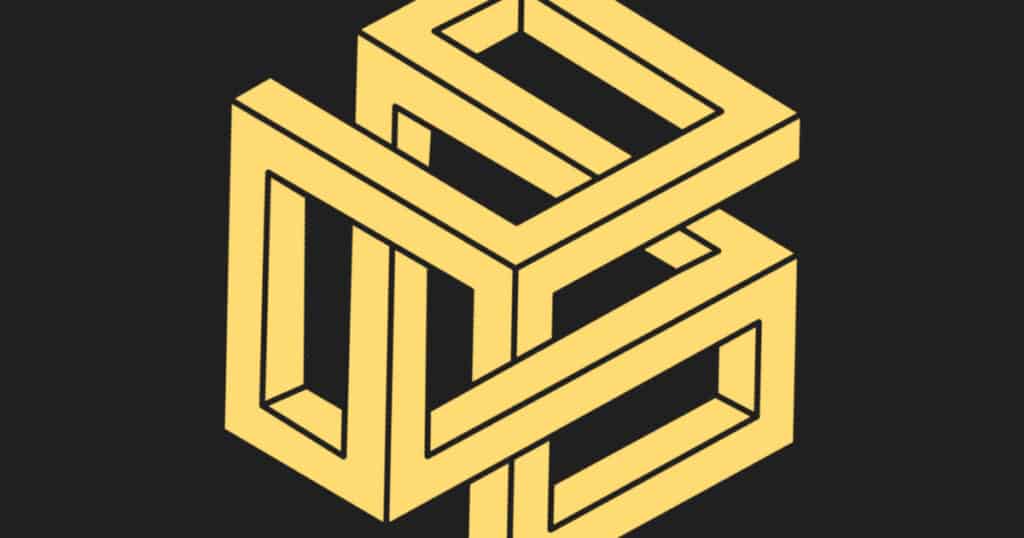The Mahabharata is a collection of hundred Parvas (or ‘sections’) that tell the story of a long-standing family feud between two sets of cousins – the Kauravas and the Pandavas – for control of the Kuru throne in Hastinapur.
The climactic event of the story is an eighteen-day war that happens between the two factions on the battlefield of Kurukshetra.
It is commonly understood that the Pandavas are the protagonists of this tale and the Kauravas the antagonists – though many retellings have appeared over the years that flip this structure.
In this post, we will summarize the Sabha Kriya Parva.
(For a full summary of the Mahabharata with all hundred Parvas, see Mahabharata Summary: All 100 Parvas Explained.)
Maya’s Gratitude
The first sub-section of the Sabha Parva is called the Sabhakriya Parva. It details the construction of the palace of illusions at the hands of Maya, the return of Krishna to Dwaraka, and the inauguration of the great hall by Yudhishthir with due processes and rituals.
We will summarize these events in this article.
With the dust settling on the ashes of Khandava, Maya offers his gratitude to Arjuna and says, ‘O Prince, you have saved me from the wrath of Agni.
‘I am an architect beyond compare among the Danavas, much like how Vishwakarma is to the gods. I am keen to do anything you wish to repay my debt. Please command me.’
After a bit of thought, Arjuna replies, ‘May Krishna decide how this is to be done.’
Krishna’s Suggestion
Krishna then suggests that Maya should build for Yudhishthir a great mansion the likes of which has never been seen anywhere in the three worlds.
‘Make it so that it may never be imitated, Maya,’ he says, ‘even after men visit it and examine it from inside and out. Infuse it with the magic of the Asuras, so that it may constantly be changing form.
‘Give it the palatial nature of celestial design so that it may strike everyone with awe, but also make it functional for human purposes, for it is after all men that will live in it.’
Thus briefed, Maya sets to work, and after worshipping the appropriate number of Brahmins in the right manner, on a well-chosen day, he measures out a plot of area five thousand square cubits.
He makes certain that the location is just right to withstand the vagaries of all four seasons.
The Treasures of Vindu
Before beginning work on the building, though, Maya goes to the north of Kailasa to a peak (called Hiranyasringa) nestled among the mountains of Mainaka.
When Arjuna asks him the reason, he says, ‘Some time in the past, O Pandava, when the Asuras were engaged in a sacrifice on the banks of Lake Vindu, I amassed a great deal of wealth and entrusted it to the treasury of King Vrishaparva for safekeeping.
‘With your permission, I shall bring it back and present it to His Majesty Yudhishthir.’
Along with the treasure, Maya also brings back a fierce club (unnamed) for Bhimasena’s benefit, claiming that it will be unto Vrikodara as Gandiva is to Arjuna.
Also among the things he presents on his return is Devadatta, a large conch-shell that has once been in Varuna’s possession.
The Great Hall
Once he is back, work begins on the palace in earnest. Eight thousand Rakshasas are employed in its construction, and in fourteen months, it is ready for occupation.
Amidst the golden archways and gem-encrusted walls, Maya places a tank (an indoor swimming pool, for us modern readers) whose banks are overlaid with pearl-set marble.
Lotuses and aquatic fowls of various types dot its surface, and fish and tortoises swim in its transparent, mud-free water. The bottom of this tank shines with a steady golden light.
Having thus finished the palace, Maya presents it to Yudhishthir, who enters it on an auspicious day amid the blessings of all his courtiers, friends, family members and sages.
And the king begins to conduct affairs of his state from this sabha in the manner of Brahma surrounded by all the attending gods.
Krishna Returns to Dwaraka
Sometime between the marking out of the plot of land and beginning of the palace’s construction, Krishna leaves Indraprastha and sets out to his home city of Dwaraka.
It is said that Yudhishthir himself takes the reins of Krishna’s chariot and drives him to the outskirts of the city. Arjuna rides by his side in the capacity of an attendant, fanning him with a white chamara that has a handle made of gold.
Bhimasena and the twins follow the chariot on foot, with the citizens of the city close behind.
After the goodbyes are said, Yudhishthir hands over the reins to Daruka the charioteer, who takes Krishna back to Dwaraka at the speed of Garuda.
This return of Krishna to Dwaraka represents the closing of one chapter and the opening of another. The Pandavas have now risen in stature and strength to the top of the Kshatriya pecking order in Aryavarta.
They have the Panchalas as allies, and perhaps more importantly the Yadavas from Dwaraka as friends and kinsmen.
They have begun to raze forests and build magnificent structures, announcing to the world the extent of their wealth and power.
Yudhishthir’s Pinnacle
But the Pandavas have done this all with the help and close guidance of Krishna. Now they must fend for themselves. Close on the heels of fame and wealth come envy and bitterness, especially from those closest to us.
The building of the Maya Sabha represents the pinnacle of Pandava rule in Indraprastha, and as their enemies come flocking to the hall of mirrored lakes, they are going to find just how inscrutable is the face of destiny.
And they are going to discover just how many thorns riddle the path on which they are destined to walk.
On this sombre note ends the Sabha Kriya Parva, and we move into the Lokapala Sabhakhayana Parva.
